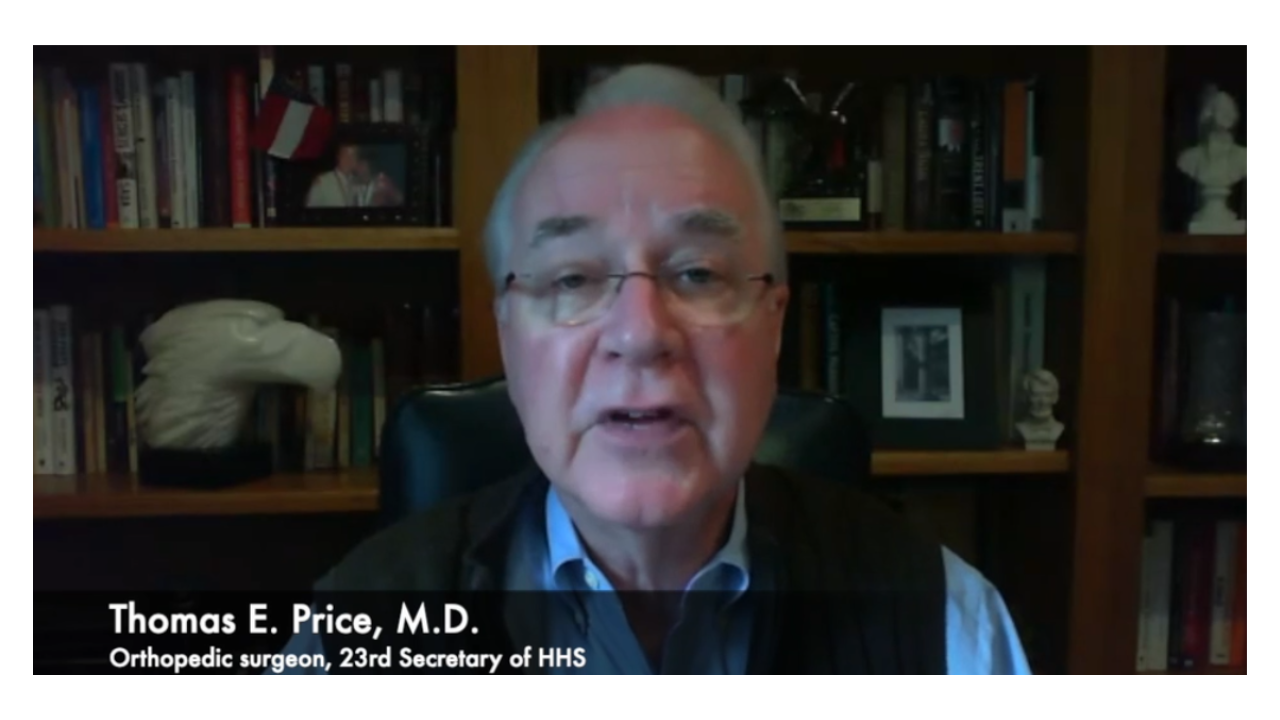U.S. physician shortage deepens amid visa and residency barriers

WASHINGTON D.C., UNITED STATES — The United States healthcare system is grappling with a severe workforce shortage, exacerbated by restrictive immigration policies and limited residency training slots.
In a video published by Medical Economics, Former U.S. Secretary of Health and Human Services Dr. Thomas Price recommends that the reversal of such barriers would be a fast way to minimize the problem, as foreign-trained professionals with valid qualifications would be able to cover the gaps.
Medicare residency caps limit doctor supply
Congress has long capped the number of Graduate Medical Education (GME) positions, restricting how many doctors can enter residency programs annually.
“In an effort to limit the exposure of a liability to Medicare, the number of residency slots are limited in this country,” Price explained.
This artificial limit has resulted in thousands of qualified American and foreign-trained medical graduates who have been unable to do the necessary residency training.
The physician shortage is expected to continue growing to up to 124,000 by 2034, as the Association of American Medical Colleges reported.
Price suggests that expanding GME funding could immediately increase the pipeline of new doctors.
Immigration policies block ready-to-work physicians
The second major challenge is the American immigration system, which does not provide sufficient merit-based visas for foreign-trained care professionals to enter America.
There are tens of thousands of doctors and nurses who have passed the United States licensure examination but are languishing due to visa limits and government red tape. Price states that changing the system to a skills-based visa would assist in alleviating shortages in crucial staffing.
Price said the easy part would be to address this aspect relatively fast in immigration terms by shifting to a merit-based visa system.
This type of system would give the U.S. authority over the expertise of such professionals who are in high-demand areas, so the U.S. can utilize their talents and fill the needs on a local level as well.
“[It] would then help significantly decrease the workforce challenges that we have, and also make it so that those individuals that are allowed into this country are folks that have a talent or an expertise in a profession that is drastically needed in the United States for our own citizens.” Price said.
Presently, each year, only 140,000 employment-based green cards are distributed without any special preference given to healthcare workers, an aspect that is contrary to the rising demand.

 Independent
Independent




